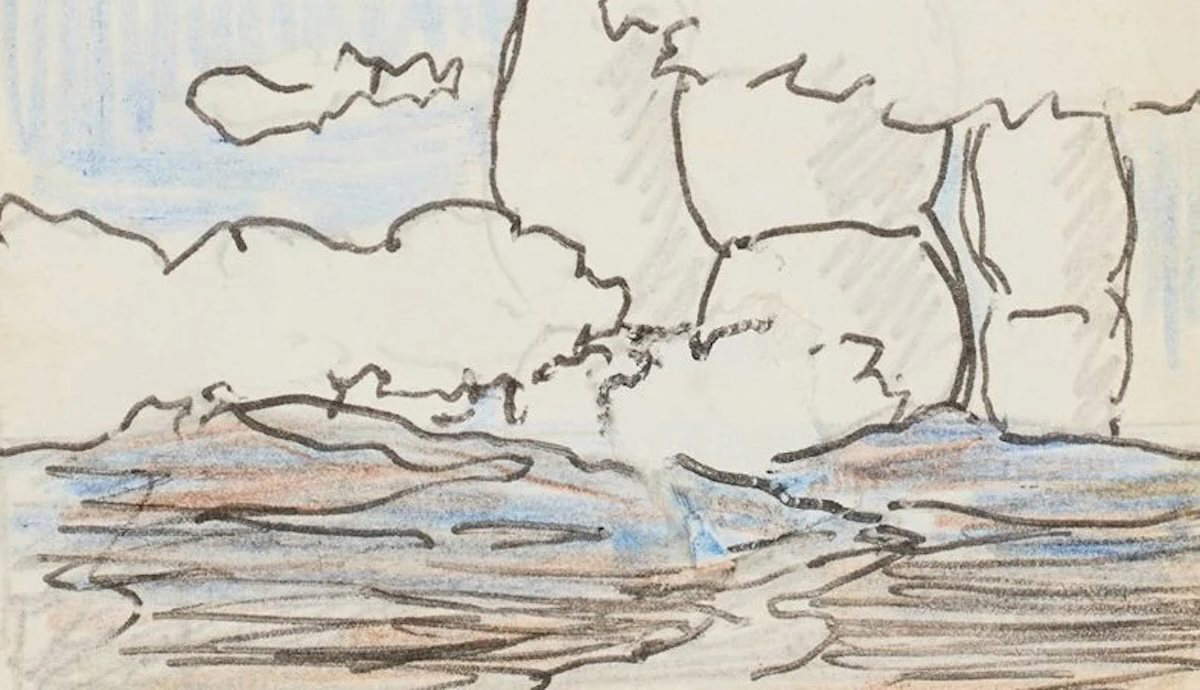
A hoard of silver pennies dug up from a soggy field in southwestern England turned out to be the nation’s highest-value treasure to date. Comprising thousands of historic coins, the Chew Valley Hoard was buried near Bristol in the 11th century. The British Museum calls the find “unprecedented.”
Chew Valley Hoard Heads to British Museum

The 2,584 silver pennies date back to the Norman Conquest—the 11th-century invasion and occupation of England by William the Conquerer’s army. Five years ago, a serendipitous group of seven people visited the Chew Valley area with metal detectors. There, they unearthed the massive 1,000-year-old hoard during a downpour. The group reported their discovery as per the British Museum’s Portable Antiquities Scheme, which handles archaeological finds made by members of the public. This scheme also covers items that fall under the Treasure Act of 1996, which enables the government to preserve cultural artifacts.
This week, the South West Heritage Trust announced its acquisition of the Chew Valley Hoard thanks to major grants from the National Lottery Heritage Fund and Art Fund. On November 26, the coins will go on public display for the first time at the British Museum in London. Then, the Chew Valley Hoard will tour museums in southwest England, after which the South West Heritage Trust aims to fund its permanent display at the Museum of Somerset.
“A Turning Point in English History”

The South West Heritage Trust reports that the Chew Valley Hoard contains pennies from the reign of King Harold II, the last Anglo-Saxon king of England, as well as William the Conquerer coins. In a recent video, Amal Khreisheh, curator of archaeology at South West Heritage Trust, explained that the Chew Valley Hoard “comes from a turning point in English history, and it encapsulates the change from Saxon to Norman rule.”
Khreisheh said, “The hoard was buried in around 1067-1068 on an estate in Chew Valley. We think it was probably buried for safekeeping during the time of rebellions against William in the southwest. We know that in 1068, the people of Exeter rebelled against William. At around this time, Harold’s sons returned from exile in Ireland, and their forces mounted attacks around the River Avon, and then down into Somerset and the Chew Valley.”
Finders and Landowner to Split $5.6 Million

It is remarkably rare to find a 1,000-year-old coin. It is even rarer to find over 2,000 of them in one place. As such, the Chew Valley Hoard is valued at $5.6 million (£4.3 million)—making it the highest-valued treasure ever found in England. Many of the pennies are in pristine condition and are worth thousands of dollars apiece. Now that the South West Heritage Trust has acquired the coins, half of the seven-figure proceeds will go to the seven finders. The other half will go to the landowner on whose property the hoard was found.









